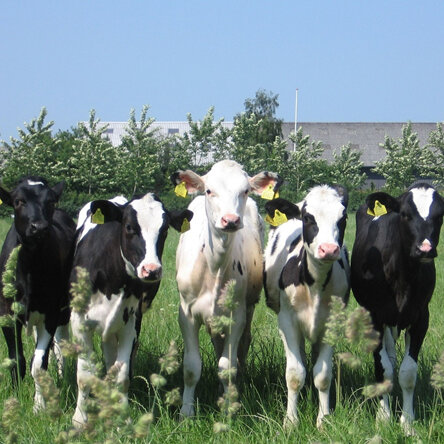Franklin Vets
Franklin Vets - excellence in veterinary care for dairy, farming, lifestyle, equine and household pets. BESTPRACTICE ACCREDITED NZ.
Your account is powered by Storbie. To edit your profile visit my.storbie.com
Your account is powered by Storbie. To edit your profile visit my.storbie.com

This means we are having to ‘reinvent the wheel’ so to speak when it comes to protecting our youngstock from parasitism. The use of drenching needs to be reserved for only when it is absolutely necessary, leaning on other management techniques to minimise the impacts of parasitism in these animals.
One cornerstone of this approach is increasing the amount of monitoring through faecal egg counts (FECs).
FECs can be utilised in two ways:
As alluded to above, responsible drenching is only one piece of the puzzle when it comes to managing parasitism on your farm. Reducing exposure to parasites by managing pasture contamination, and ensuring calves are in good health and well-fed to start building their immunity, are also important factors. As we head into the warmer months, and as calves transition from milk to pasture, now is a good time to start monitoring what the parasites are doing on your farm. This is also the time of year when vets/techs are regularly on farm for the likes of vaccination and weighing visits, presenting good opportunities to collect samples at the same time.
Dr Steph Reid, BVSc, BSc (Hons)
Franklin Vets - excellence in veterinary care for dairy, farming, lifestyle, equine and household pets. BESTPRACTICE ACCREDITED NZ.



